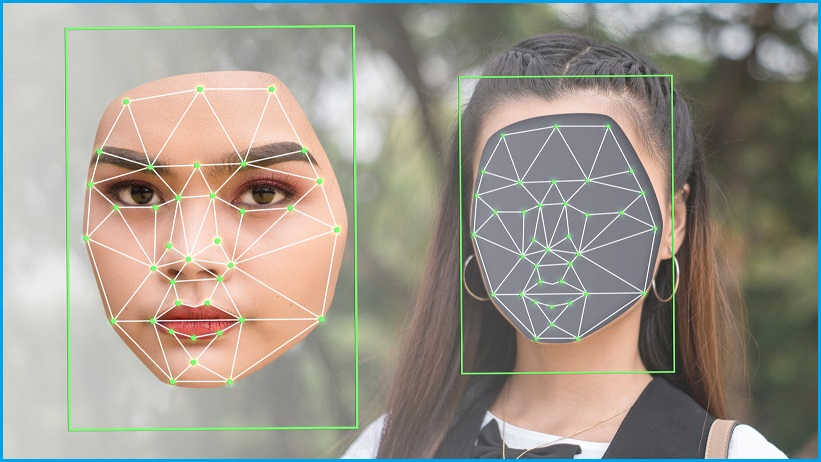Content producers finally have a way to create “tamper-evident media” after the release of C2PA, a new standard that helps identify deepfakes and manipulated content by tracking the provenance and structure of photos, videos, audio files, and other documents.
Released by the Coalition for Content Provenance and Authenticity after nearly a year of collaboration between its founding members – which include Adobe, Arm, the BBC, Intel, Microsoft, Truepic, and Twitter – the new standard allows platforms to define what information is associated with each type of asset, and how that information is presented and stored.
The release of the new standard “is a monumental step for creators, publishers, and consumers everywhere,” said Andy Parsons, senior director of Adobe’s Content Authenticity Initiative (CAI), which formed a significant part of the C2PA’s work “to create a more trustworthy online ecosystem.”
“With the specification published, we will continue to drive industry awareness of the importance of provenance and work to pursue broad adoption to fight the rise of inauthentic content online.”
The open standard allows platforms to define how evidence of tampering can be identified, and can be integrated into any software, hardware device, or online platform – providing a new level of smarts designed to help flag manipulated content.
C2PA “enables the authors of provenance data to securely bind statements of provenance data to instances of content using their unique credentials,” according to an FAQ about the standard, which is based on digitally-signed ‘assertions’ embedded within the content at each “significant moment” in an asset’s life – for example, when it is created, edited, or saved.
These assertions will include both information about the person that conducted the action, and when it happened – allowing users to find out through whose systems the image has passed, and how it has been manipulated.
“Because brand marks and other visual indicators can and have been reproduced for the purposes of impersonation, consumers want to be certain the media they are consuming actually comes from the source it claims to be,” the explainer says, noting that individual companies will maintain ‘trust lists’ that allow verification of contents’ sources.
Fighting deepfakes and disinformation
Broad industry support has seen the addition of other members including Nikon, the Recording Industry Association of America (RIAA), the New York Times, Akamai, Fastly, and knowledge aggregator The Society Library.
Release of the C2PA standard “is a huge achievement,” BBC director of research and development Jatin Aythora said, calling it “an important and exciting tool to help us tackle disinformation and for everyone to be able to determine where their content originated.”
The fight against online deepfakes has intensified as both the sophistication of their underlying technologies, and the ease with which they are transmitted, grows to worrying levels despite the token crackdowns of online giants like Facebook.
Last year, a Sensity analysis estimated the number of deepfakes online is doubling every six months, with just 7 per cent of deepfakes made for “comedy and entertainment” and warnings that new technologies are providing easier, better-quality deepfakes.
“To generate convincing content, most current deepfake technologies require large amounts of genuine data,” the office of Australia’s eSafety Commissioner wrote in a recent explainer that noted “deepfakes have the potential to cause significant damage…. technical capability is advancing quickly, so soon only a small number of original files will be needed to create a deepfake.”
Pervasive use of C2PA will help brand these files so consumers or anti-deepfake tools can check their origins – and with the technology built into products such as Truepic’s secure camera, the absence of branding in online images could be a red flag for users questioning their provenance.
“To work as it should,” Truepic notes, “the availability of provenance information for content should become the norm rather than the exception.”










